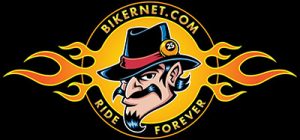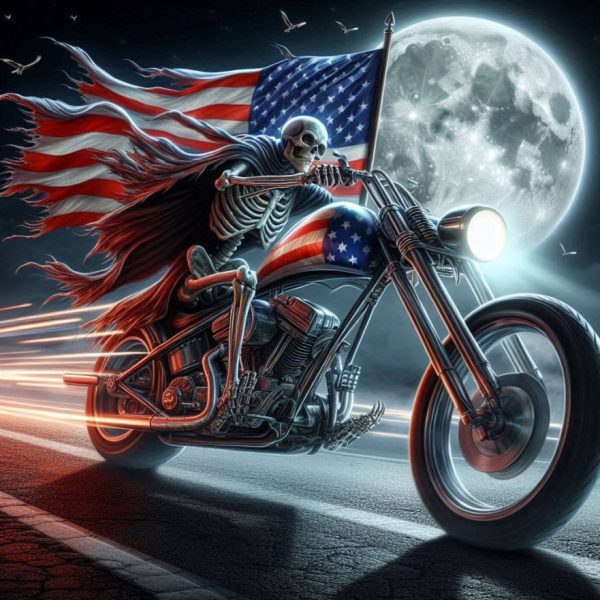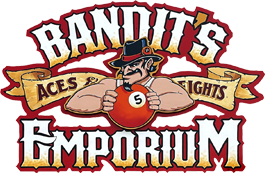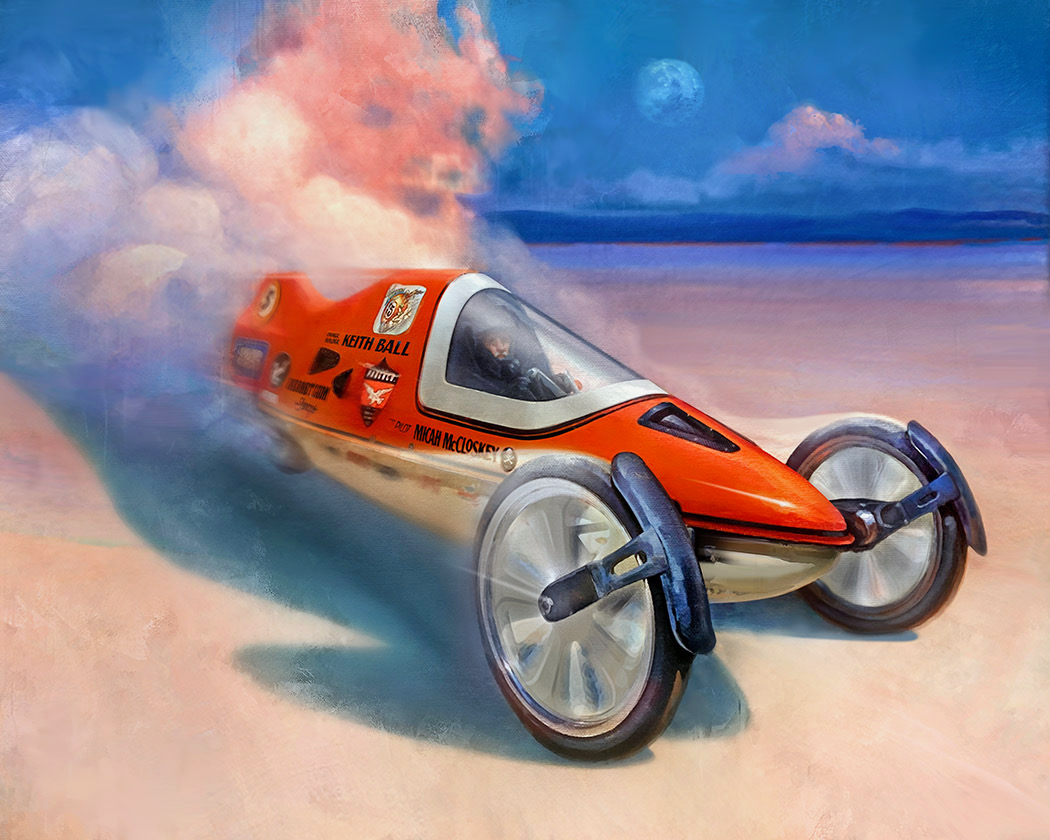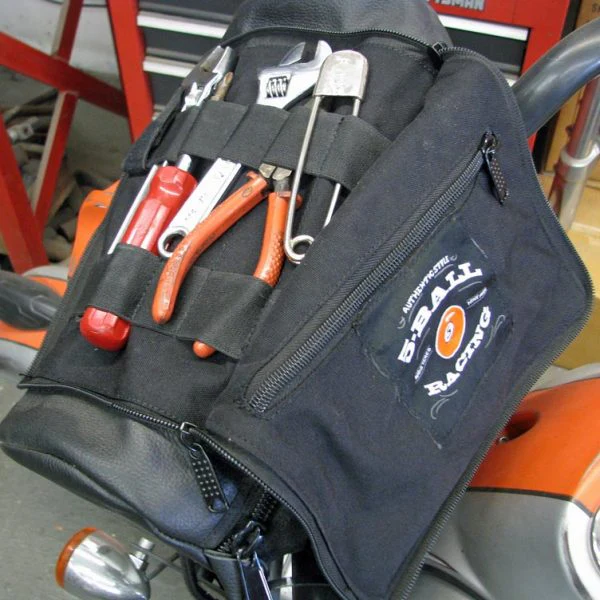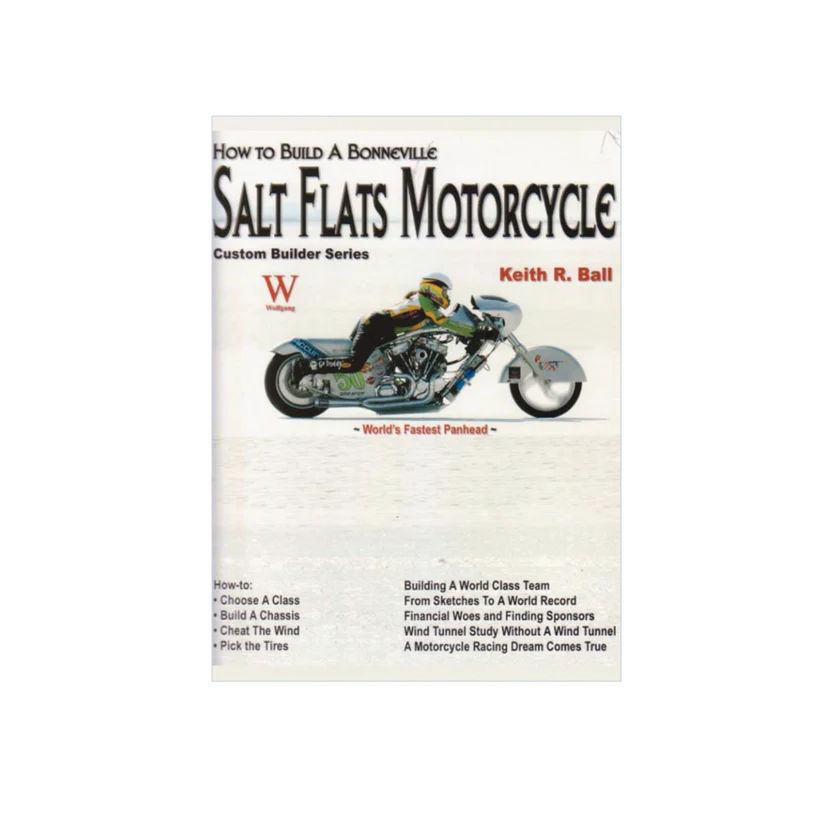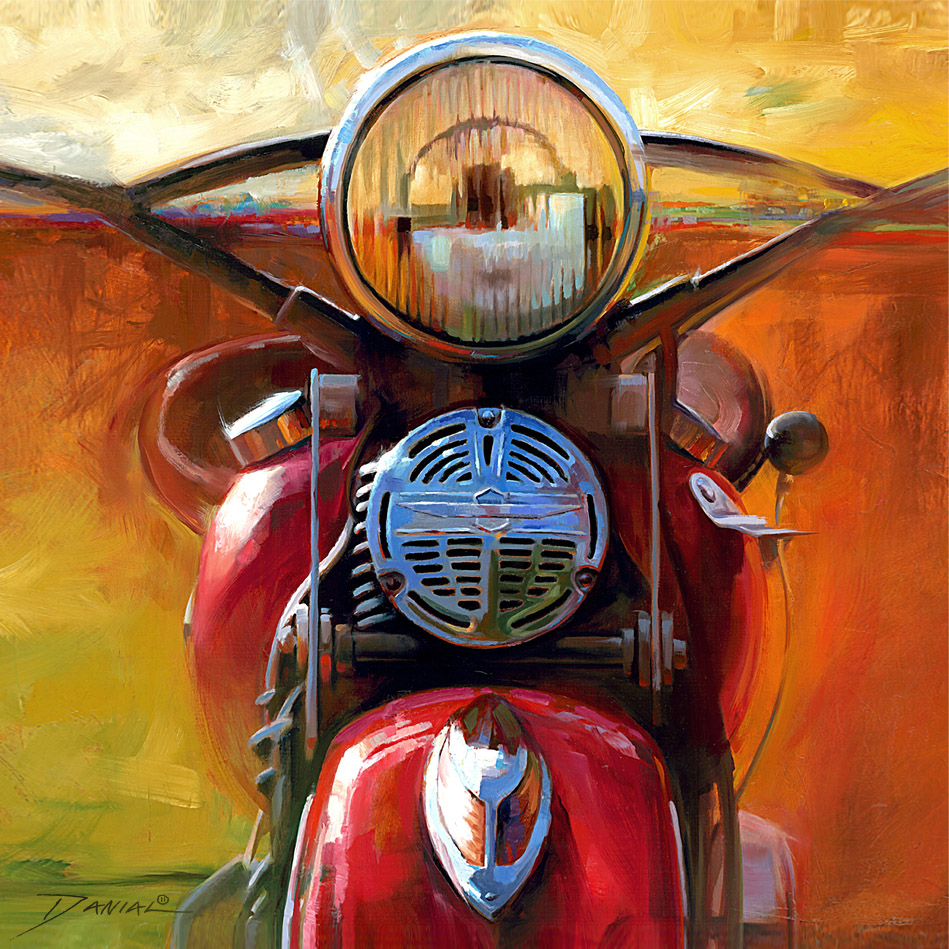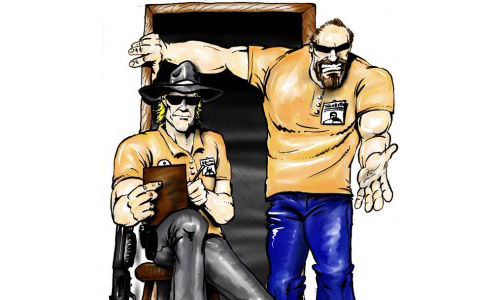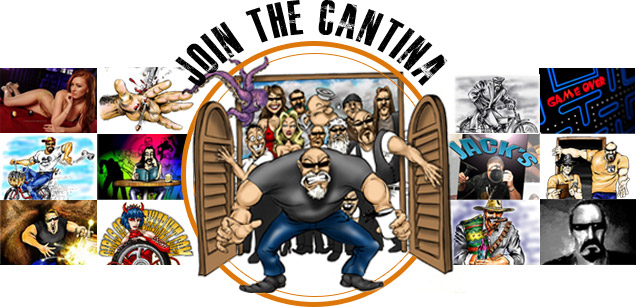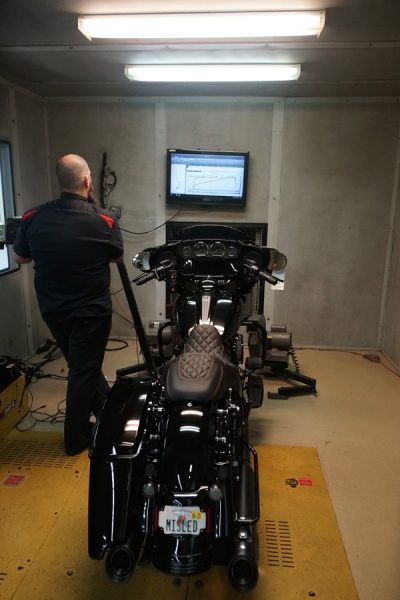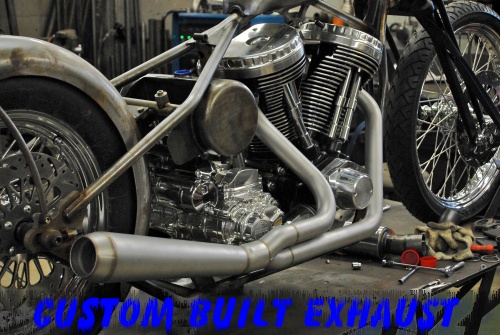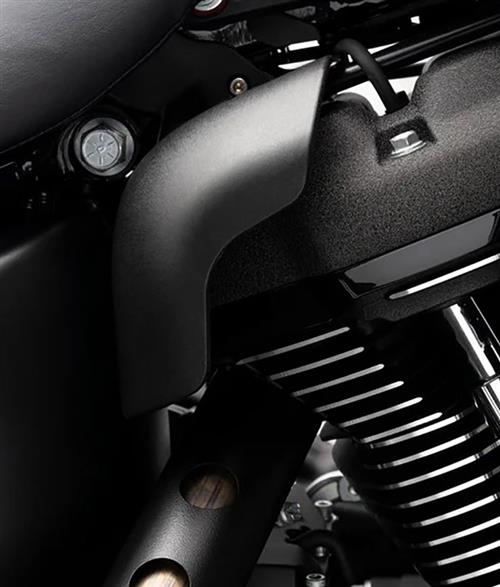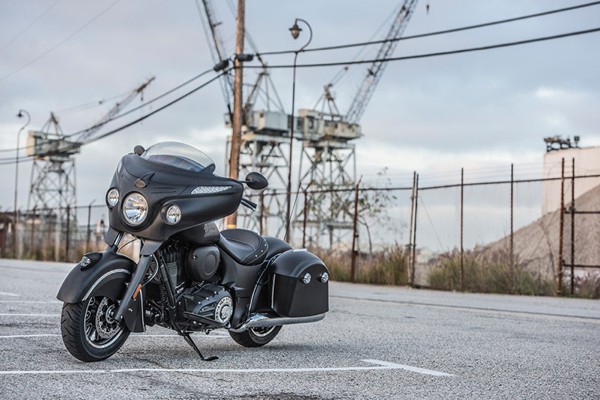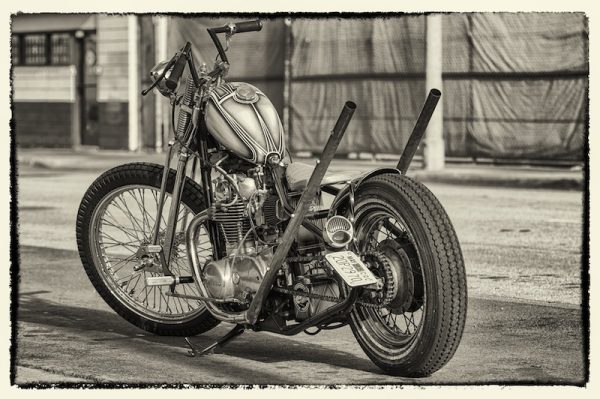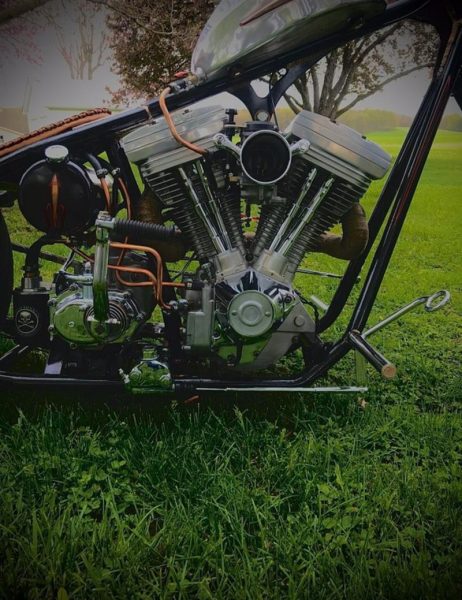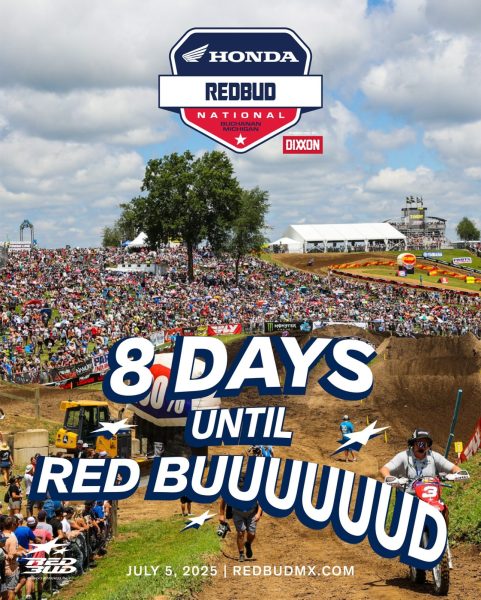Latest Articles
TEXAS WEATHER REPORT—This will blow your mind!
Climate Journalists Are In The Grip Of A Weird Religious Cult The failure of Texas ...
Thoughts for the Weekend
Some motivation and some inspiration. Here are some quotes to ponder. Get on your steed ...
UNINTENTIONAL PILGRIMAGE 2025
This is the third year of this event which started off to simply honor those ...
Long Road 2025 registrations are due
Long Road 2025 registrations are due August 11, include your shirts size (M or F). ...
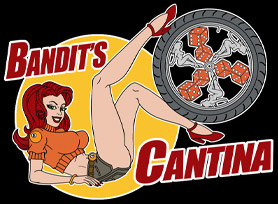
New in the Cantina
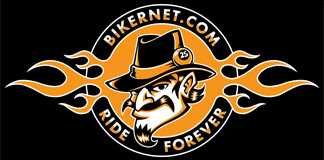
Weekly News
ST. PADDY’S DAY BIKERNET WEEKLY NEWS for March 17th, 2022
Hey,This is going to get strange as if it isn’t already. You would think we ...
NEARLY SPRING BIKERNET WEEKLY NEWS for March 10th, 2022
Hey,MAMA TRIED happened last week and the motorcycle world fled to Daytona Beach for bike ...
THIS IS GOING TO BE GOOD BIKERNET WEEKLY NEWS for March 3, 2022
Hey,Human nature is amazing. We are surrounded by war, petulance, disease, doom, destruction and division, ...
THERE’S HOPE BIKERNET WEEKLY NEWS for February 24, 2022
Hey,It seems odd to say there’s hope, when Russia is bombing the Ukraine and my ...
Tech Articles
SCREAMIN’ EAGLE PRO STREET TUNER and AUTOMATIC TUNING MODULE
Your average biker that has a Harley usually adds some customization to the bike not ...
Rubbermounted Swingarm Upgrade From CCE
When Harley-Davidson started rubber mounting their engines in FLT & FXR models it was a ...
Brass Balls, Bikernet.com and Iron Works Sweepstakes Bike, Part 4
With apologies to a credit card company whose television commercial was popular a few years ...
It’s Hot Between My Legs
That Can Be Fixed Sitting at the kitchen table with Rogue, enjoying reading Facebook posts ...
Bike Features
First Look: 2016 Indian Chieftain Dark Horse
Introduced May 11, the Indian Chieftain Dark Horse is a blacked-out hard bagger that will ...
El Serape, Long Beach XS 650
Gaylord Street rests on the west side of Long Beach, California, a bunched industrial community ...
Weekly Dimebag Chopper Feature
Adam Croft was kind enough to send us this very tough looking classic chopper built ...
Sportster 1200 By Lazareth
As a disciple of famous Swiss-Italian master designer Franco Sbarro, French designer Ludovic Lazareth now ...
Event Features
UNINTENTIONAL PILGRIMAGE 2025
This is the third year of this event which started off to simply honor those ...
Long Road 2025 registrations are due
Long Road 2025 registrations are due August 11, include your shirts size (M or F). ...
WIN BY HARLEY-DAVIDSON RACERS JAKE LEWIS & CORY WEST
HARLEY-DAVIDSON® PAN AMERICA® ST RACERS JAKE LEWIS AND CORY WEST WIN IN MISSION SUPER HOOLIGAN ...
Roads to Redbud 2025
Hey all - anyone venturing to Buchanan Michigan on the 5th of July, for the ...
